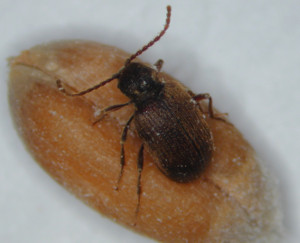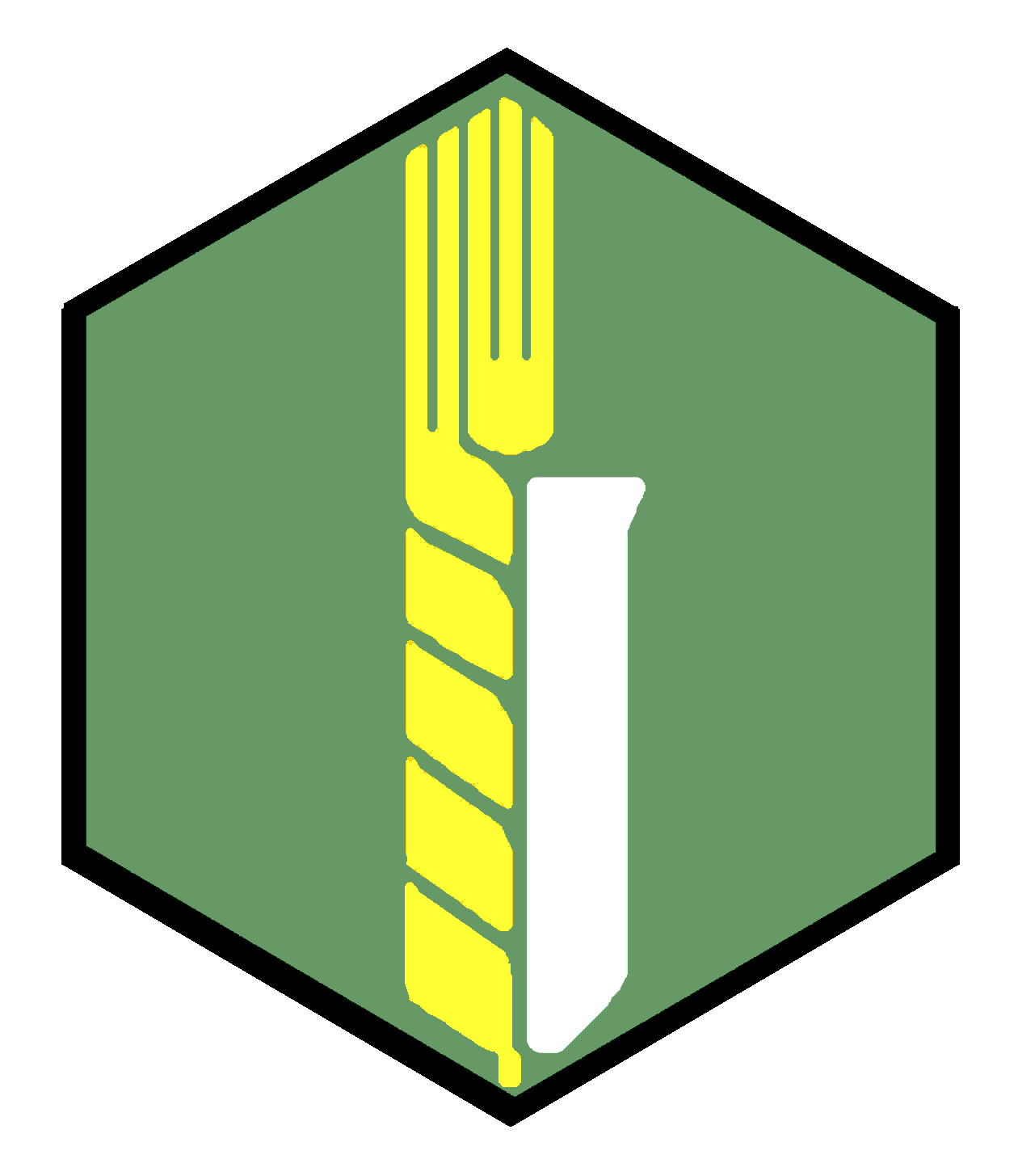 Collection of Invertebrate Crop Pests (VURV-E), (ARC, v. v. i., Praha) Collection of Invertebrate Crop Pests (VURV-E), (ARC, v. v. i., Praha)
Collection of invertebrate crop pests and their natural enemies holds approximately 35 species. Most of them belong to insect crop pests (the true bugs (Heteroptera), leafhoppers (Auchenorrhyncha), aphids (Aphidoidea), whiteflies (Aleyrodomorpha), beetles (Coleoptera), moths (Lepidoptera) and dipterans (Diptera)), collection however includes also their natural enemies, mainly of the order Hymenoptera. Among other invertebrate taxa, nematodes (Nematoda), land slugs and snails (Pulmonata), millipedes (Millipeda), terrestrial isopods (Isopoda) and mites (Acari) are preserved. Some of the taxa are available in more then one strains.
The collection also includes more than 150.000 specimens of dry dead material of insect crop pests, including quarantine ones, and their natural enemies. Collection benefits from research projects of the Entomology group by continuous inclusion of samples from arable fields, orchards and surrounding semi-natural habitats. Identification is provided by the scientific stuff of the Entomology group or externally.
• Methods of culture maintenance
The method of preservation relates to the way of life of each particular species of invertebrate. Endophytophagous (nematodes) or ectophytophagous specialists (aphids) have to be kept and propagated in or on their host plant only. Climatic chambers with controlled photoperiod are used for these purposes. Other species, mainly of the orders of Coleoptera and Lepidoptera, can be reared on artificial diet. Due to the character of work the collection can be kept only with a huge inut of human manual labour, provided by the technical stuff of the Entomology group.
Application:
Collections of live and dead insects and other invertebrate crop pests and their antagonists are used in research projects of the Entomology groups (NAZV, MŠMT, GA ČR, TA ČR and MZE). Collections are also used during teaching at all levels of pre- and postgraduate studies at Czech University of Life Sciences in Prague (plant medicine and ecology) and Faculty of Sciences, Charles University in Prague (ecology, entomology). Examples of research projects which benefit from this collection are listed below:
• Development of biological methods of plant protection against phytoparasitic nematodes usable in integrated systems of crop production, NAZV, QH81163
• Screening of biological activity against model insect species in substances obtained from plants of the Euroasian region, MŠMT, ME09079
• Development of new products for a complex plant protection based on natural substances obtained using methods of supercritical extraction and hydrodestilation, TA ČR, TA01010578
• Long-time changes in population of cereal aphids and their predator, GA ČR, 522/05/0765.
Contact:
Czech Agrifood Research Center
Drnovská 507
161 00 Praha 6 – Ruzyně
https://www.carc.cz/
Staff:
RNDr. Jiří Skuhrovec, Ph.D. (curator)
e-mail: jiri.skuhrovec@carc.cz, tel: 233022332
Ing. Ondřej Douda, Ph.D.
RNDr. Milan Řezáč, Ph.D.
|
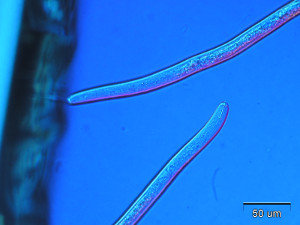
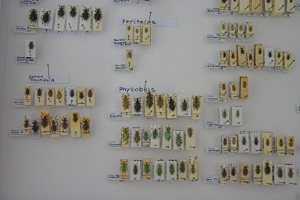
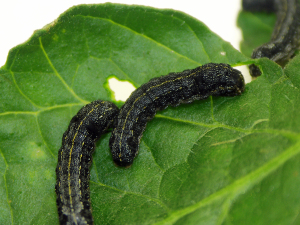
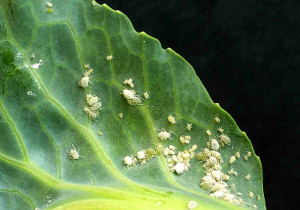
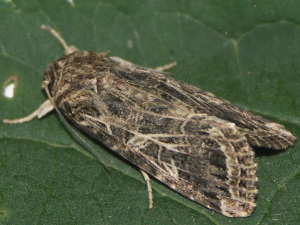
|







